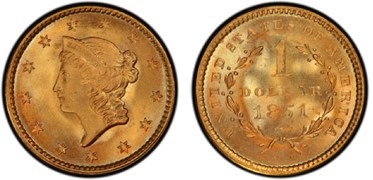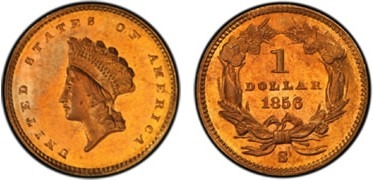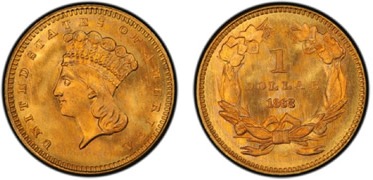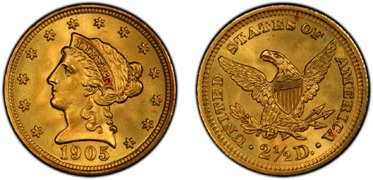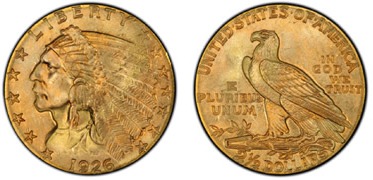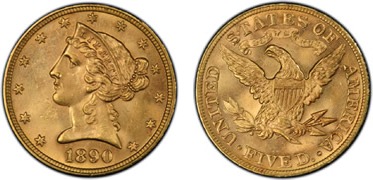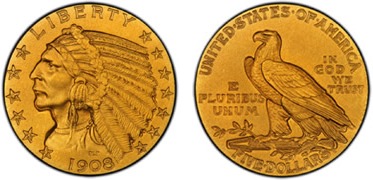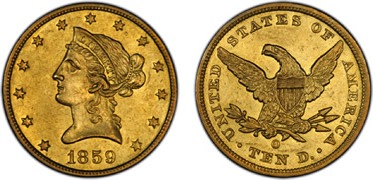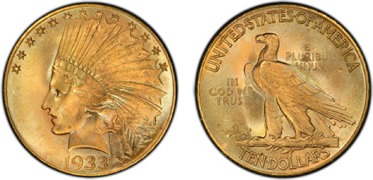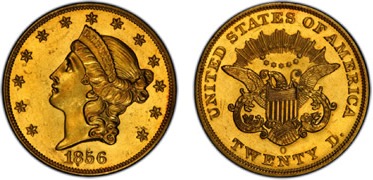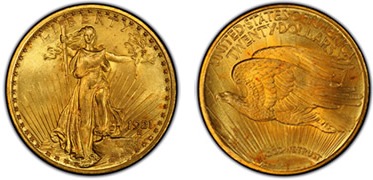The following US Gold Coins are certified and graded from MS61 through MS65 by PCGS and NGC.
Below is a description of the different Gold Type coins.
Many investors and collectors like to assemble “8 Piece Gold Sets”, 8 Piece Gold Sets include a $20 Liberty, $10 Liberty, $5 Liberty, $2.50 Liberty, $20 St. Gaudens, $10 Indian, $5 Indian and $2.50 Indian.
We also have Generic U.S. Gold coins available uncertified as well. “Raw Pre-1933 Gold”.
Generic U.S. Gold pricing changes often due to the variability of pricing on the precious metal markets, please call us now for the best pricing, quantity discounts and to place your order. We look forward to serving your needs.
Call for details and pricing. 1-800-839-1586
